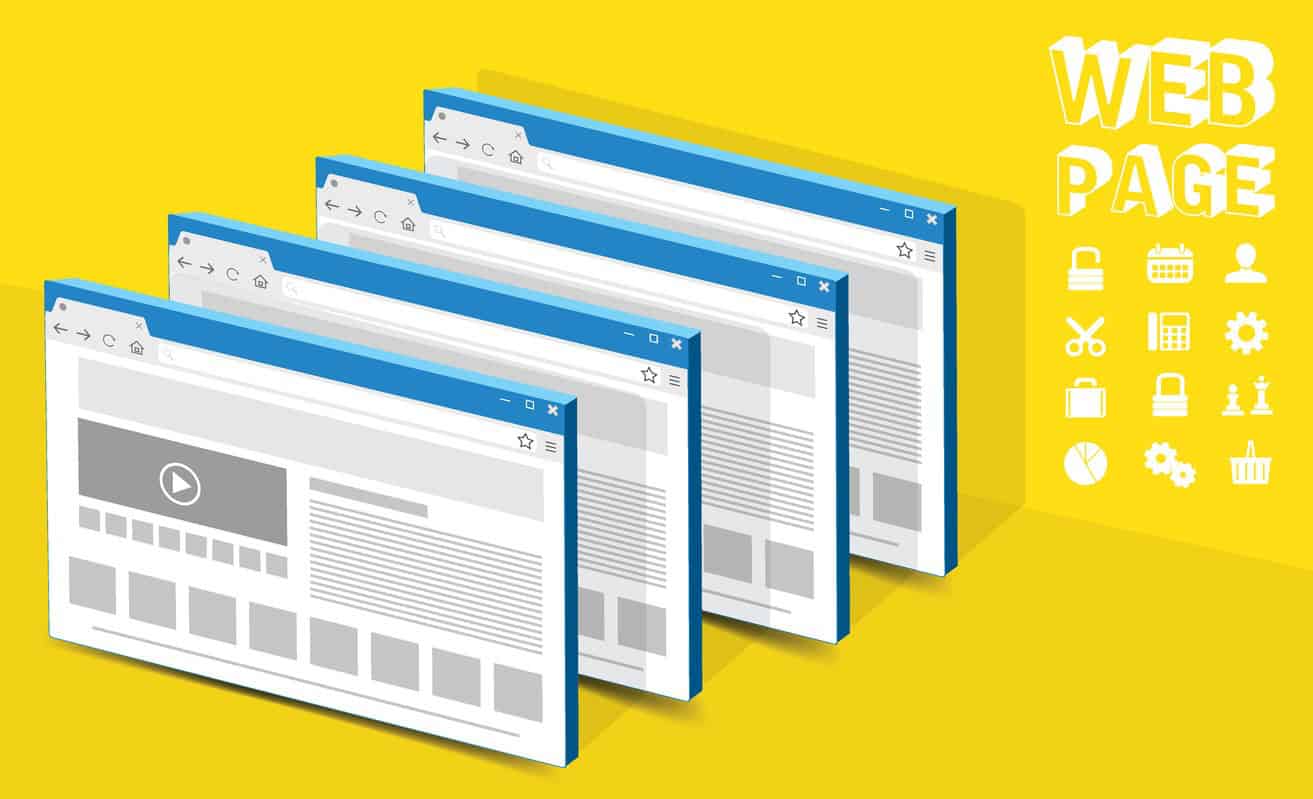Managing multiple websites on the same platform can feel overwhelming, even for seasoned digital professionals. From handling updates and backups to maintaining consistent branding and performance, the task requires careful planning, the right tools, and a structured workflow. Whether you’re a web developer, a digital marketer, or a business owner, understanding how to efficiently manage several websites simultaneously is key to maintaining seamless operations and providing users with a reliable online experience.
Here, we explore ten actionable strategies to help you manage multiple websites on the same platform with confidence and efficiency.
1. Use a Centralized Dashboard for Multiple Websites
When handling multiple websites, a centralized dashboard can drastically reduce the complexity of your workflow. Platforms like WordPress Multisite or management tools such as ManageWP and InfiniteWP allow you to monitor updates, security checks, and performance metrics across all your websites from one location.
A centralized dashboard enables you to:
- Track plugin and theme updates across sites.
- Perform bulk updates without logging into each website separately.
- Monitor security and uptime efficiently.
This approach saves time and ensures that no website is left behind during critical updates.
2. Standardize Themes and Plugins Across Websites
Consistency is crucial when managing multiple websites on the same platform. By standardizing your themes and plugins, you can simplify maintenance and ensure uniform functionality.
Benefits include:
- Easier troubleshooting, as issues in one website are likely to appear similarly on others.
- Faster onboarding for new team members.
- Reduced compatibility conflicts between plugins and themes.
Using a base set of tested and reliable plugins can also improve website security and performance.
3. Implement Structured Content Management
Content management can become chaotic when managing multiple websites. Establishing a structured approach is essential.
Best practices include:
- Creating a content calendar for each site.
- Using consistent naming conventions for files and pages.
- Maintaining a central repository for media assets to prevent duplication and version confusion.
This ensures smooth collaboration across teams and helps maintain a consistent brand voice.
4. Leverage Automation Tools
Automation can significantly reduce the repetitive tasks involved in managing multiple websites. Tools like Zapier, IFTTT, or platform-specific automation can handle tasks such as:
- Scheduling content publication across multiple websites.
- Automating social media posting for new articles or pages.
- Sending notifications for updates or errors.
Automation reduces human error and frees up time to focus on strategy and creative work.
5. Regular Backups and Disaster Recovery
Backing up each website individually can become tedious and prone to errors. Instead, consider using tools or platforms that allow centralized backup management.
Key considerations:
- Schedule automatic backups for all websites on the same platform.
- Store backups both on-site and off-site for added security.
- Test recovery procedures regularly to ensure you can restore websites quickly if needed.
Reliable backups are crucial for mitigating risks and maintaining business continuity.
6. Monitor Website Performance Consistently
Maintaining optimal performance across multiple websites requires constant monitoring. Performance issues like slow load times or downtime can negatively impact SEO and user experience.
Effective monitoring strategies:
- Use performance tracking tools like Google PageSpeed Insights or GTmetrix.
- Set up uptime monitoring to receive alerts for any downtime.
- Optimize images, caching, and scripts consistently across all websites.
Monitoring ensures that all websites provide a seamless experience for visitors.
7. Centralize User Management
When multiple websites have overlapping teams or contributors, managing user roles and permissions can become complicated. A centralized user management system allows you to:
- Assign roles consistently across websites.
- Limit access to critical areas based on responsibility.
- Quickly onboard or remove team members without affecting other sites.
Platforms like WordPress Multisite make it easier to control user permissions across all connected sites.
8. Streamline Security Measures
Security is paramount when managing multiple websites. A breach on one site can sometimes affect others on the same platform. Best practices include:
- Using centralized security plugins or services to monitor threats across all websites.
- Enforcing strong password policies and two-factor authentication.
- Regularly scanning for malware and vulnerabilities.
Proactive security ensures that each website remains safe without requiring manual oversight for each individual site.
9. Optimize SEO Across Multiple Websites
Maintaining consistent SEO standards across several websites can be challenging. Centralized tools such as SEMrush, Ahrefs, or Yoast SEO for WordPress can help:
- Track keyword rankings and site performance.
- Identify content gaps across multiple websites.
- Standardize meta descriptions, titles, and internal linking practices.
By monitoring SEO metrics collectively, you ensure that every website reaches its full search potential.
10. Document Processes and Workflows
Finally, documenting processes is crucial for managing multiple websites efficiently. Clear documentation helps teams understand workflows, prevents errors, and ensures continuity even when personnel changes occur.
Documentation should cover:
- How to update themes, plugins, and content.
- Security protocols and backup procedures.
- SEO and performance optimization strategies.
A well-documented workflow acts as a blueprint, allowing you to manage multiple websites consistently and efficiently.
Summary
Managing multiple websites on the same platform doesn’t have to be a juggling act. With centralized dashboards, standardized workflows, automation, and consistent security and SEO practices, you can maintain control without feeling overwhelmed.
At Bave Design Studio we specialize in providing strategic solutions for businesses managing multiple websites, offering insight into best practices while maintaining efficiency and performance. With the right processes in place, managing several sites becomes not just manageable, but streamlined and scalable.
FAQs
1. Can I manage multiple websites on WordPress from a single dashboard?
Yes, WordPress Multisite or management tools like ManageWP allow you to control multiple websites from a single dashboard, including updates, backups, and security monitoring.
2. How do I maintain consistent branding across multiple websites?
Standardizing themes, templates, and plugins, along with a centralized content management strategy, ensures your branding remains consistent across all sites.
3. How often should I back up multiple websites?
Ideally, schedule automatic daily or weekly backups depending on the frequency of content updates. Always maintain off-site backups for disaster recovery.




